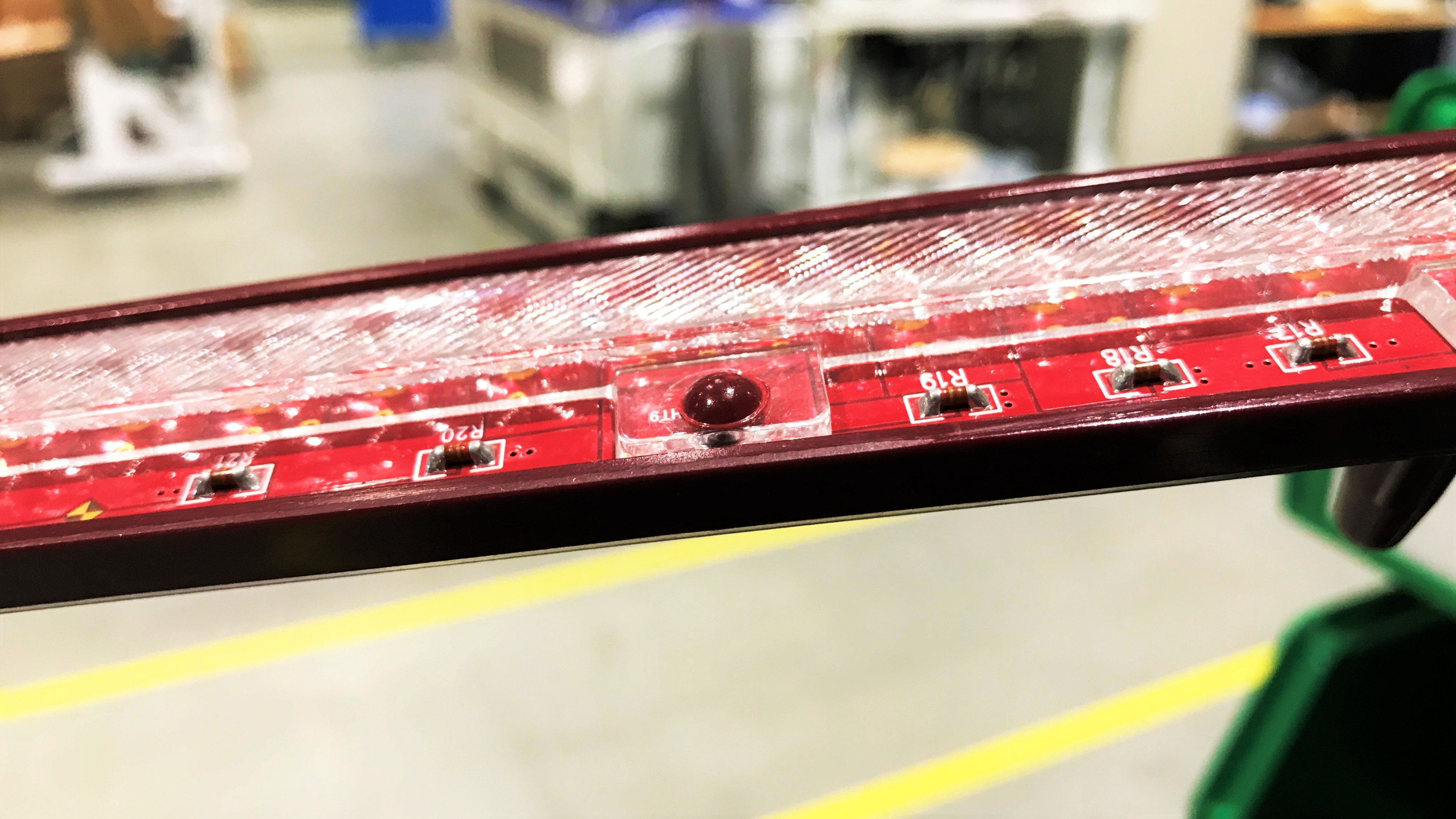Why you see flash when staking plastic and how to optimize it
Understanding Flash in Plastic Staking
The moment is here, the process is set, the machine has cycled. And there it is – your staked part has FLASH! What is flash? It's the displaced plastic material from a staking or welding process that extrudes outwards and doesn't contribute to the joint's strength. Flash may appear as fine dust surrounding the joint, thin strands of plastic material in a disorganized clump, or even smooth rounded material adjacent to the weld joint.
During the staking process, the plastic material in the boss or stud is heated then formed within the tool cavity. When the molten material exceeds the cavity's volume, it gets squeezed outward around the stake's perimeter. This extrusion is what we call "flash".
The Implications of Flash
Flash is not a flaw or mistake. In most cases, a small and uniform amount of flash on a stake's perimeter is a good characteristic. It indicates that the forming tool's volume is completely filled and that the components are held tightly together. It also shows that the forming tool is properly centered on the boss, which is ideal for aesthetics and optimum strength. Lastly, visible flash provides quick, visual verification that the melt process was sufficient and that the assembly isn't at risk of a loose rattle or weak joint between the components.
However, flash isn't acceptable in every application. Sometimes, loose flash poses a contamination risk to the final assembly. But don't worry; achieving a stake without flash is possible! An optimized stake joint that's high-strength, holds components tight, and has a clean, flash-free perimeter can become a reality.
Optimizing the Stake for No Flash
Here's how you can optimize your stake to prevent flash:
-
Match the Volume: Match the plastic boss's volume to the tool cavity's appropriate volume. For smaller boss volumes, the cavity should be 5-10% larger than the boss volume. For larger bosses, the cavity should be 15-20% larger.
-
Center the Forming Tool: Ensure the forming tool is centered over the plastic boss. This alignment is critical for a flash-free stake as it promotes even heating and symmetrical stake forming.
-
Optimize the Staking Parameters: Adjust the staking process parameters to soften the material adequately, form, and resolidify it. Factors such as pressure, temperature, amplitude, cooling air, and others can affect the finished stake's final appearance.
-
Dry Components: Dry components with high moisture content prior to staking. Some materials absorb moisture and melt above water's boiling point. These materials tend to have a near-violent release of water vapor and can expel material as they melt. When staking such material, it's ideal to dry the components beforehand or process the assembly shortly after the molding process.
Flash in plastic staking is common, expected, and can serve as a useful indicator of a good stake. However, for applications requiring a flash-free process to mitigate contamination risk, strong, tight stakes without flash are achievable. With over 30 years of plastic joining experience, Extol can guide you through the process setup with confidence and ease. Contact us by using the form below to learn how you can leverage our expertise on your next product launch!

